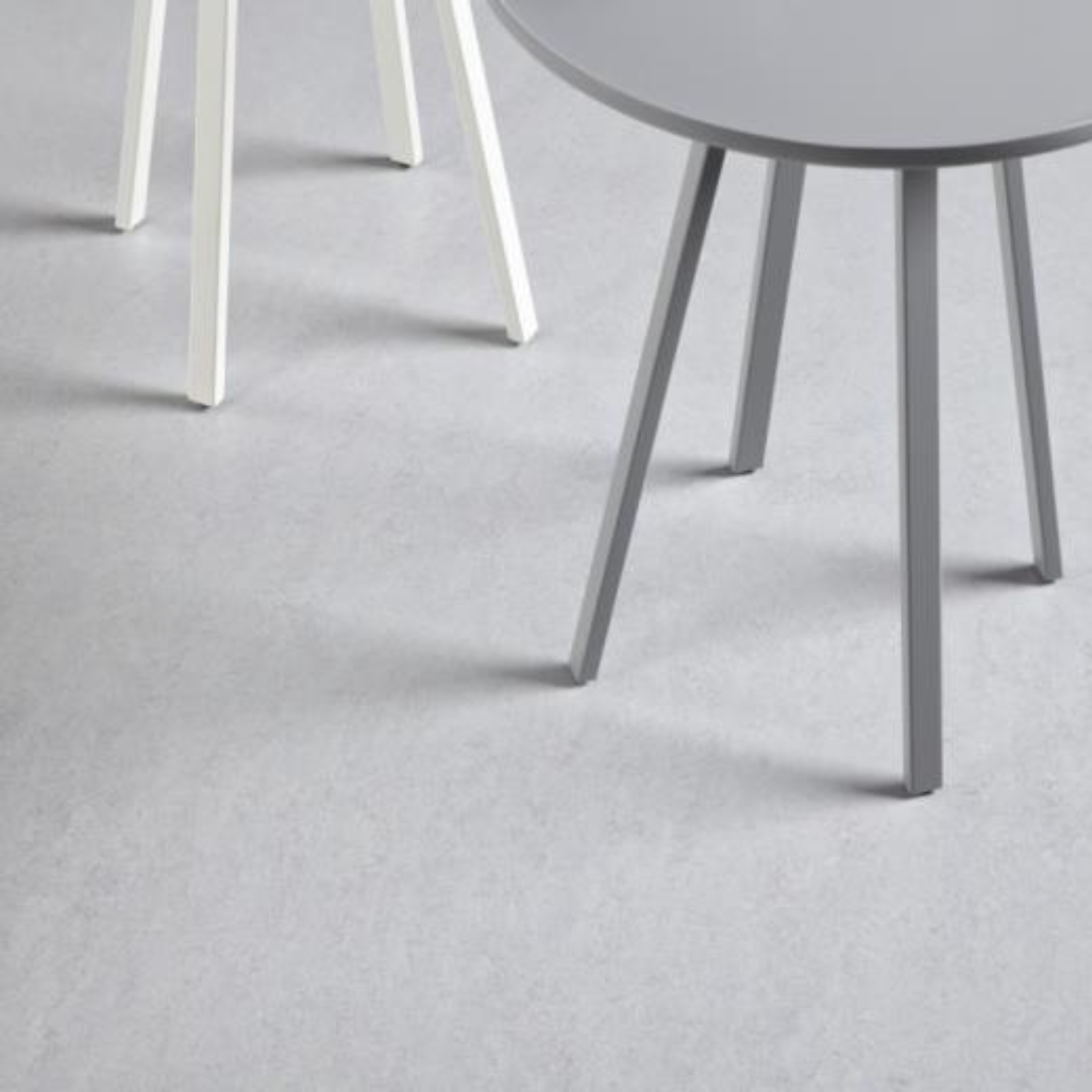All resilient flooring materials require a smooth, hard, clean and level surface, not only for appearance but also for achieving a satisfactory adhesive bond and long-term durability. It must therefore be ensured that the sub-floor is acceptable to receive the resilient flooring specified in respect of levelness, smoothness, soundness and cleanness, with a minimum requirement of a Grade 1 floor finish as set out in SANS 10070. The flooring contractor shall also ensure that the sub-floor is sufficiently dry prior to the installation of the flooring material. All sub-floors should be tested for dryness by using a suitably approved Concrete Moisture Meter. (Tramex CME 4,Caisson VI-D4 Pinless Concrete Moisture Meter, GE Protimeter Mini or a Hygrometer). [In cases where the floors are not within the acceptable range and time constraints are an issue, it may be necessary to apply a reputable moisture barrier prior to the application of a self-leveller].
Note only once the readings are within range may the installation be started. Excessive moisture in the sub-floor will react adversely with the adhesive during the curing period.
The installation must then be carried out in accordance with the manufacturer’s instructions that pertain to the type of Marmoleum material being installed.
- Note where there is direct to-earth concrete it is essential that an effective damp-proof membrane be incorporated.
- Prior to installation, Marmoleum® must be allowed to relax for 24 hours at a uniform room temperature of between 18°C and 27°C
- Stove Bar Marks: It is recommended that installers contact the FloorworX Technical Department for advice regarding stove bar marks and the installation of marmoleum®.
On completion, the Marmoleum must be maintained in accordance with the manufacturer’s procedures. It is then important that the client or customer is made fully aware of the correct maintenance regime that has to be implemented, in order to afford the expected lifespan from the product














































































